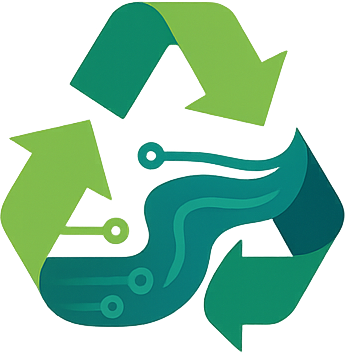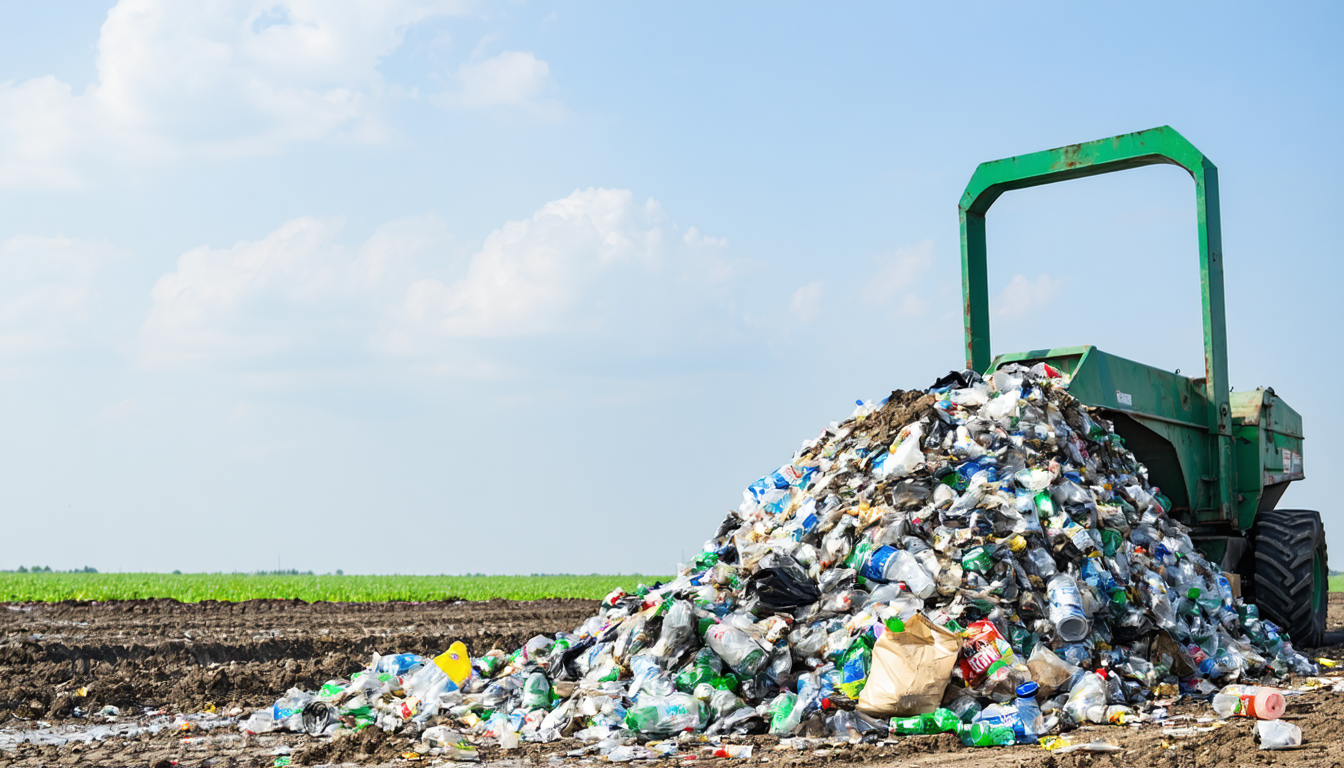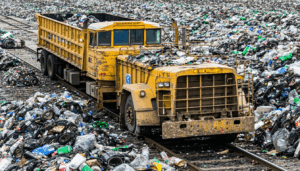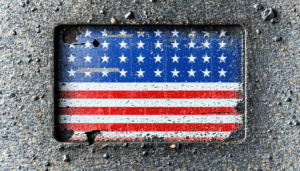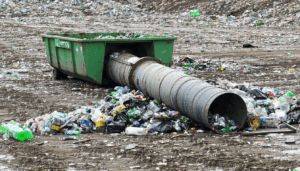Introduction
In the ever-evolving landscape of waste management, Weinberger Waste Disposal has emerged as a significant player in the United States, addressing the growing challenges of sustainable disposal and environmental protection. With increasing regulatory scrutiny and public demand for eco-friendly practices, the company’s recent initiatives have sparked widespread interest. This article delves into the latest developments surrounding Weinberger Waste Disposal, exploring their innovative approaches, community impact, and the broader implications for the U.S. waste management sector. Stay tuned as we uncover how this firm is navigating complex challenges to redefine industry standards.
Weinberger Waste Disposal: Pioneering Sustainable Solutions
Weinberger Waste Disposal, headquartered in the U.S., has been at the forefront of transforming waste management through technology and community-focused strategies. Founded over two decades ago, the company operates in multiple states, handling residential, commercial, and industrial waste. In 2023 alone, they reported processing over 1.2 million tons of waste, with a significant portion diverted from landfills through recycling and composting programs.
Their latest initiative, launched in September 2023, involves a partnership with local municipalities to implement advanced sorting technologies. This system aims to increase recycling rates by 30% in participating regions by mid-2024. Such efforts highlight their commitment to reducing environmental impact while meeting stringent federal and state regulations.
Community Impact and Stakeholder Engagement
The influence of Weinberger Waste Disposal extends beyond mere numbers; it deeply affects local communities and stakeholders. Their programs have created over 500 jobs in the past year, boosting local economies in areas like Ohio and Texas. Additionally, their educational outreach has engaged over 10,000 residents through workshops on proper waste segregation since early 2023.
According to environmental consultant Dr. Emily Harper, “Weinberger Waste Disposal’s focus on community involvement sets a benchmark for others in the industry. Their transparent communication with residents builds trust and encourages participation in sustainability goals.” This approach not only fosters goodwill but also ensures long-term cooperation with local governments.
Challenges Facing the Industry
Despite these advancements, Weinberger Waste Disposal faces hurdles common to the sector. Rising operational costs, driven by fuel prices and labor shortages, have strained budgets. A 2023 industry report by the National Waste & Recycling Association noted a 15% increase in operational expenses for mid-sized firms like Weinberger.
Moreover, stricter environmental laws pose compliance challenges. The U.S. Environmental Protection Agency (EPA) introduced new guidelines in July 2023, mandating a 25% reduction in landfill contributions by 2025. While Weinberger has adapted swiftly, smaller competitors struggle, potentially reshaping market dynamics.
Future Outlook for Weinberger Waste Disposal
Looking ahead, the trajectory of Weinberger Waste Disposal appears promising yet demanding. Analysts predict that their investment in green technologies, such as electric waste collection vehicles—set to roll out in 2024—could reduce carbon emissions by 20% annually. This aligns with national goals under the Biden administration’s climate agenda.
However, potential policy shifts remain a concern. Some stakeholders worry that relaxed regulations could undermine progress, while others argue for more federal funding to support innovation. Maintaining a balance between profitability and sustainability will be crucial for Weinberger’s continued success.
Conclusion
Weinberger Waste Disposal stands as a pivotal force in reshaping U.S. waste management through innovative practices and community engagement. Their recent strides in recycling technology and job creation underscore a commitment to both environmental and economic goals. As challenges like rising costs and regulatory pressures persist, their adaptability will be key to future growth. Ultimately, Weinberger’s efforts signal a broader shift toward sustainable waste solutions, offering hope for a cleaner, greener America.
Frequently Asked Questions (FAQ)
-
What is Weinberger Waste Disposal known for?
Weinberger Waste Disposal is recognized for its sustainable waste management practices, including advanced recycling technologies and community outreach programs across the United States. -
How does Weinberger Waste Disposal impact local communities?
The company creates jobs, supports local economies, and educates residents on proper waste handling, fostering environmental awareness and participation. -
What are the recent innovations by Weinberger Waste Disposal?
In 2023, they introduced cutting-edge sorting technologies to boost recycling rates by 30% and plan to deploy electric collection vehicles by 2024. -
What challenges does Weinberger Waste Disposal face?
They encounter rising operational costs, labor shortages, and stringent EPA regulations that demand significant reductions in landfill use by 2025. -
What is the future outlook for Weinberger Waste Disposal?
With investments in green tech and alignment with national climate goals, the company is poised for growth, though it must navigate policy changes and cost pressures.

